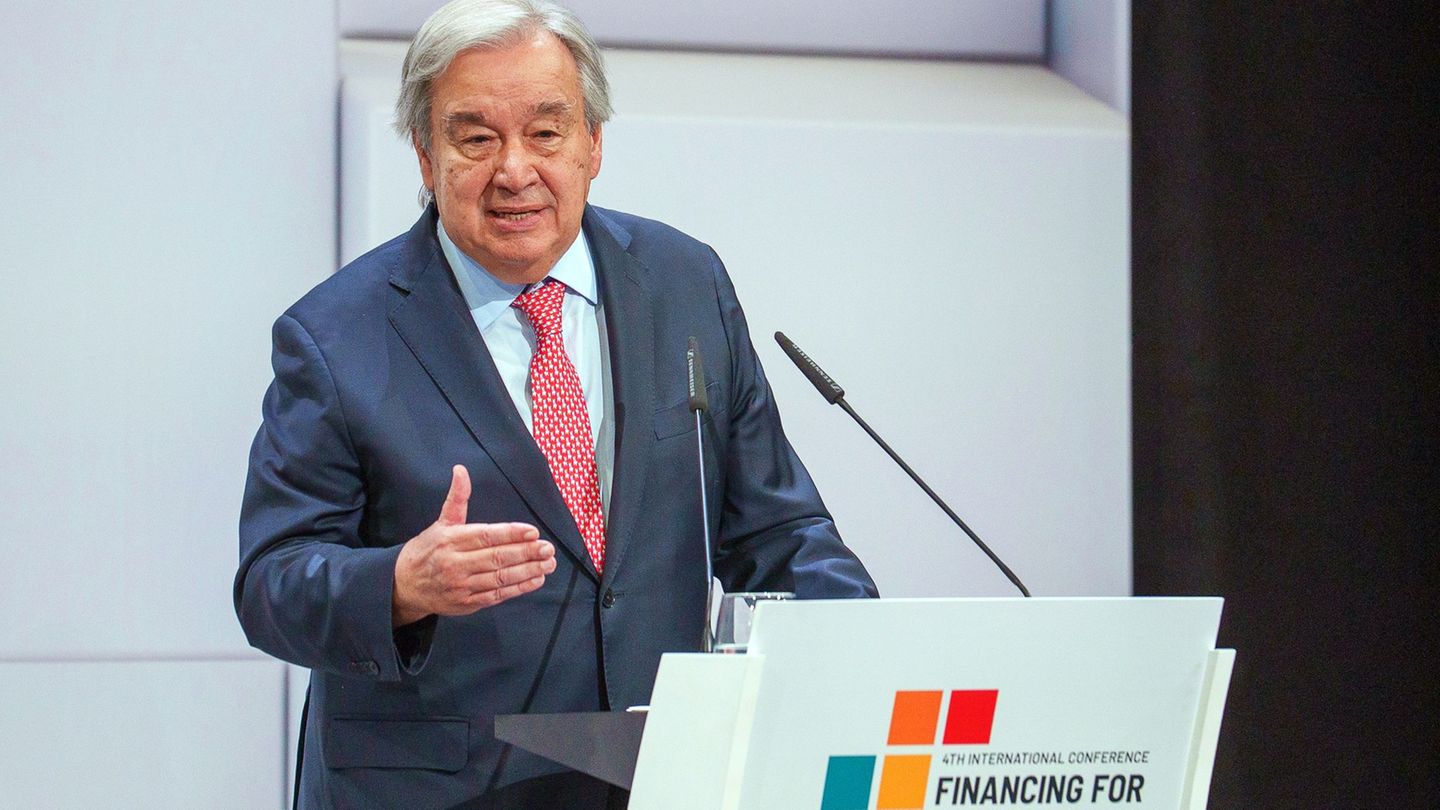The World Bank worsened its recession projection for Argentina in 2024. According to the latest World Perspectives Report carried out by the entity, local GDP will fall 3.5% this year when a drop of 2.8% was expected in the previous report.
For the Latin American and Caribbean (LAC) region there was a cut of 0.5 percentage points in the growth estimate, which is now 1.8%. One of the main reasons for this reduction had to do with the “deterioration in the short-term prospects for Argentina.” Even so, the World Bank clarified that this situation responded to the “fiscal and monetary policy steps necessary to address chronic imbalances” and estimated that the contraction will be “temporary.”
“The authorities seek to address important economic challenges with a new policy approach based in part on fiscal consolidation and the realignment of relative prices, including the exchange rate,” they noted.
In this framework, for the bank Economic activity will strengthen in 2025 “as macroeconomic imbalances are addressed, market distortions are eliminated and inflation comes under control,” which would result in a 5% rebound in GDP.
Other causes of the decline in the regional growth estimate have to do with the decline in exports and the still high interest rates.
Argentina is one of the two countries for which the World Bank estimated a recession for this year. The other is Haiti, with an expected contraction of 1.8%.
Among South American countries, the countries with the best growth prospects are: Paraguay (+3.8%), Uruguay (+3.2%) and Peru (2.9%). For Brazil and Mexico, the two largest countries in the region, estimates give improvements of 2% and 2.3%respectively.
“Headline and core inflation have continued to fall across the region, albeit at a slower pace. The exception among major LAC countries is Argentina, which saw a significant rise in monthly inflation in early 2024 and is now showing signs of slowing.” relaxation,” the report said.
It is worth remembering that regional central banks have reduced their interest rates from the high levels they reached in the fight against inflation in the second half of 2023, although they remain at high levels. During the last 12 months, Brazil and Chile are the countries that have reduced their rates the most.
“LAC growth is expected to increase to 2.7% in 2025 as interest rates normalize and inflation reduces”they wait at the World Bank.
Source: Ambito




